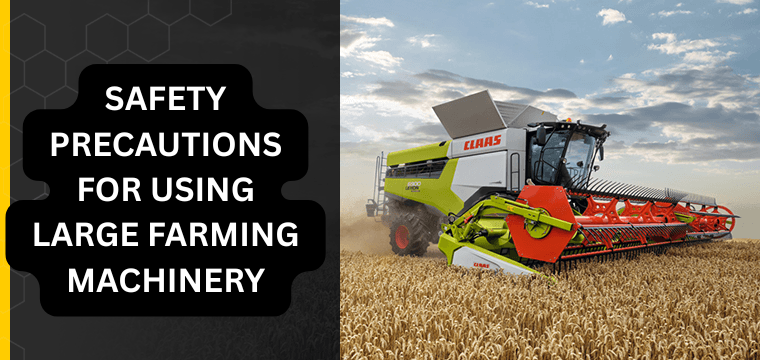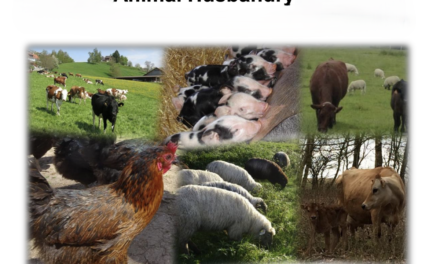1. Pre-Operation Safety
- Training and Certification: Ensure operators are trained and familiar with the specific machinery and its controls.
- Inspect Machinery: Conduct a thorough inspection before use, checking for:
- Fluid leaks (oil, fuel, hydraulic fluid).
- Loose or damaged parts.
- Proper tire inflation or track condition.
- Functionality of lights, brakes, and safety mechanisms.
- Read the Manual: Familiarize yourself with the equipment’s operation manual, including emergency procedures.
2. Personal Safety
- Wear Appropriate PPE:
- Sturdy, non-slip footwear.
- Gloves for handling equipment.
- Hearing protection in noisy environments.
- Safety glasses or goggles to protect from debris.
- High-visibility clothing, especially in low-light conditions.
- Avoid Loose Clothing: Prevent entanglement in moving parts by avoiding loose clothing, jewelry, or unsecured long hair.
3. Operating the Machinery
- Maintain Stability:
- Use the machine on level ground whenever possible.
- Avoid steep slopes or wet, unstable surfaces.
- Follow Speed Limits: Operate at a safe speed, especially in confined areas or around obstacles.
- Use Seatbelts: Always wear seatbelts, especially when operating tractors or machinery with Rollover Protection Systems (ROPS).
- Avoid Overloading: Do not exceed the machinery’s weight or capacity limits.
4. Awareness of Surroundings
- Clear the Area: Ensure no one is near the machinery, especially children or animals, before starting.
- Communication: Use hand signals, radios, or other communication tools to coordinate with workers in the area.
- Blind Spots: Be aware of the machinery’s blind spots and use mirrors or cameras if available.
- Overhead Hazards: Watch for power lines, tree branches, or other overhead obstacles when operating tall machinery.
5. Transport Safety
- Secure Attachments: Ensure all attachments are properly secured and locked before transport.
- Use Safety Lights: Equip machinery with functioning lights, reflectors, or a slow-moving vehicle (SMV) emblem when traveling on public roads.
- Follow Traffic Laws: Adhere to local regulations regarding farm machinery on public roads.
6. Maintenance Safety
- Turn Off Machinery: Always shut down the engine and disconnect power before performing maintenance or clearing blockages.
- Use Lockout/Tagout Procedures: Ensure the machinery cannot be started while being serviced.
- Stabilize Equipment: Use proper jacks or stands when working under heavy machinery.
7. Emergency Preparedness
- First Aid Kit: Keep a well-stocked first aid kit accessible near the machinery or in the tractor cab.
- Emergency Shut-Off: Know the location of the emergency shut-off or kill switch for quick action in an emergency.
- Emergency Contacts: Have emergency numbers readily available and communicate them to all workers.
8. Avoid Fatigue
- Take Breaks: Long hours can lead to fatigue and impaired judgment. Rest periodically to stay alert.
- Stay Hydrated: Drink water and avoid dehydration, especially during extended work periods.
9. Specific Machinery Precautions
- PTO Safety (Power Take-Off):
- Keep PTO shields in place to prevent entanglement.
- Never step over a rotating PTO shaft.
- Hydraulic Systems:
- Inspect hoses for leaks and avoid touching high-pressure leaks.
- Release hydraulic pressure before servicing.
- Augers and Harvesters:
- Keep guards and shields in place.
- Never reach into moving parts.
10. Post-Operation Safety
- Shut Down Properly:
- Turn off the engine and remove the key to prevent unauthorized use.
- Engage the parking brake and lower all attachments to the ground.
- Secure Storage:
- Store machinery in designated areas away from walkways or active fields.
- Keep attachments and tools organized to prevent tripping hazards.









